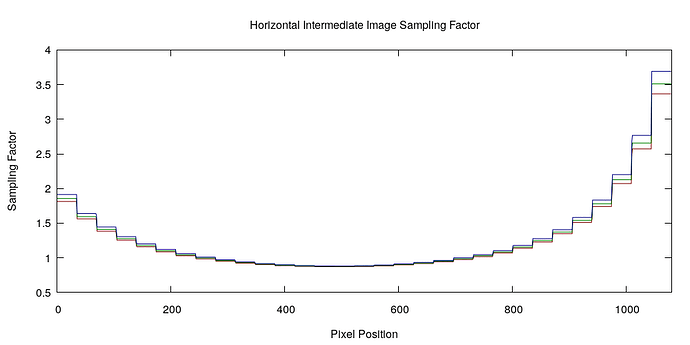Even though the top priorities now are the 5K/8K headsets, we are still pushing the collaborations with wireless solution providers in Australia, China, Korea, and UK. Before we lock down to one supplier, we would like to explore and test more solutions. If you know any wireless team in person, please do not hesitate to poke the BD manager @Sean.Huang. Thanks in advance!
what would be amazing is to use this opportunity to combine it with the eyes tracking module and do foveated transmission. that should help a lot.
Unfortunately, foveated rendering is still an experimental technique, which might not be the panacea that everyone is hoping for. It will likely need specific support in games / game-engines.
what i would say to them though is to absolutely make sure there is enough overhead to accommodate data being sent back and forth by multiple peripherals.
really don’t want a situation where if you use wireless you cant use something else.
There is no eye tracker is optimized, cheap, and low cpu overhead than adhawk. For wireless I remember valve working with a “quark” or something like that?
Even without foveated rendering, there should be plenty of redundancy, caused by the optical paths, that could be whittled away.
Below is a diagram (from this article: The Display Resolution of Head-mounted Displays | Doc-Ok.org), that, to grossly simplify, shows how much work is kind of wasted in the periphery, for the right eye in a Vive. Take in that 3.5-ish to the right, and consider that the 8k/5k goes on for another 50° in that direction. Even when taking into account that the screens are at an angle, and that the lenses are probably not as “strong” as those of the Vive, I bet large portions in the periphery of the transported image could be scaled down significantly, and be scaled back up on the HMD end, without quality suffering much (EDIT: …or better: rendered accordingly smaller to begin with),
@deletedpimaxrep1, when is the next weekly update? Did you even sent the m1 headsets to the testers… or wait, more delays? -.-
yes, foveated rendering need engine integration, it’s hard, and is beyond the scope of Pimax mission, foveated transmission however is not, it’s a lot simpler to do and can be handled by Pimax and the Wireless module maker.
